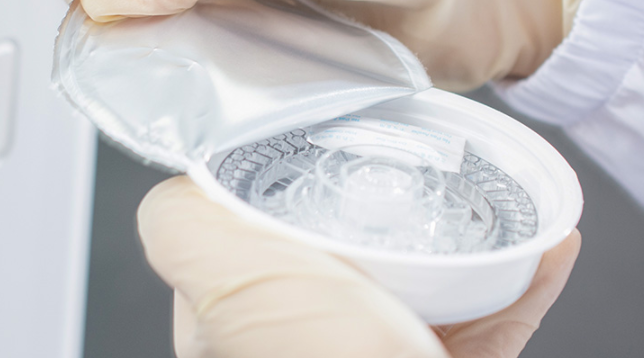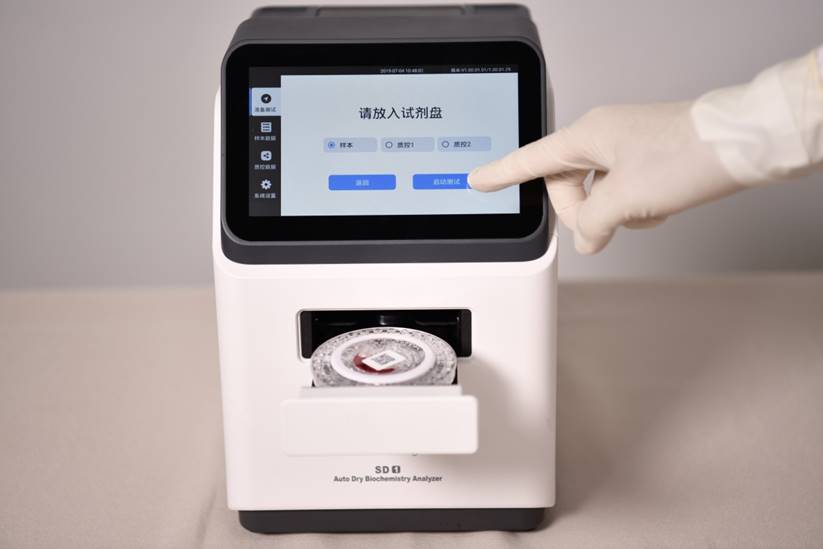Animal Biochemical Interpretation - Total Cholesterol
Elevated
-
1. Hyperlipidemia: severe diabetes, anorexia, starvation, hyperadrenocorticism, adipose tissue inflammation, acute necrosis of the pancreas, primary hyperlipidemia.
-
2. Kidney disease (nephrotic syndrome, proliferative glomerulonephritis)
-
3. Cholestasis.
-
4. Leukodystrophy and leptospirosis.
-
5. Drugs (corticosteroids, etc.).
Decrease
-
1. Reduced endogenous production: common in progressive liver disease, chronic liver disease, cirrhosis, portal shunt, etc.
-
2. Rreduced absorption, protein-losing enteropathy, pancreatic exocrine dyspepsia.
-
3. Pharmacological factors (estrogens, aminoglycoside antibiotics, azathioprine, etc.).
Pet Ownership Tips-How long do kittens keep before they recognize their owners?
It usually takes a minimum of about 20 days for a kitten to recognize its owner in a quiet environment, although there are exceptions. Kittens are afraid of cold, so after leaving their mother, cat owners should give insulation. If you can hold your kitten while sleeping or relaxing and expose its beard to your scent, it may only take 10 days or so for your kitten to become familiar with you and get to know you.
Common Symptoms in Animals-Nephrolithiasis vs Kidney Disease
Nephritis is a pathological process in which inflammation occurs in the interstitial tissue of the glomeruli and tubules of the kidneys. It is clinically characterized by edema, sensitivity and pain in the kidney area, altered urine volume and urine containing high amounts of renal epithelial cells and various tubular patterns.
Nephropathy is a renal disease in which degenerative necrosis of the tubular epithelium predominates without inflammatory changes. It is characterized clinically by large amounts of proteinuria, marked edema and hypoproteinemia.
Difference in symptoms: The general symptoms of both are similar, but nephropathy does not have hematuria, and there are no red blood cells and red blood cell tubular pattern in the urine sediment.


